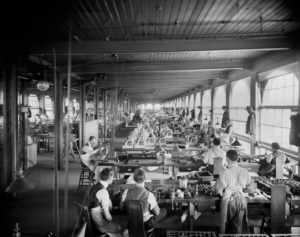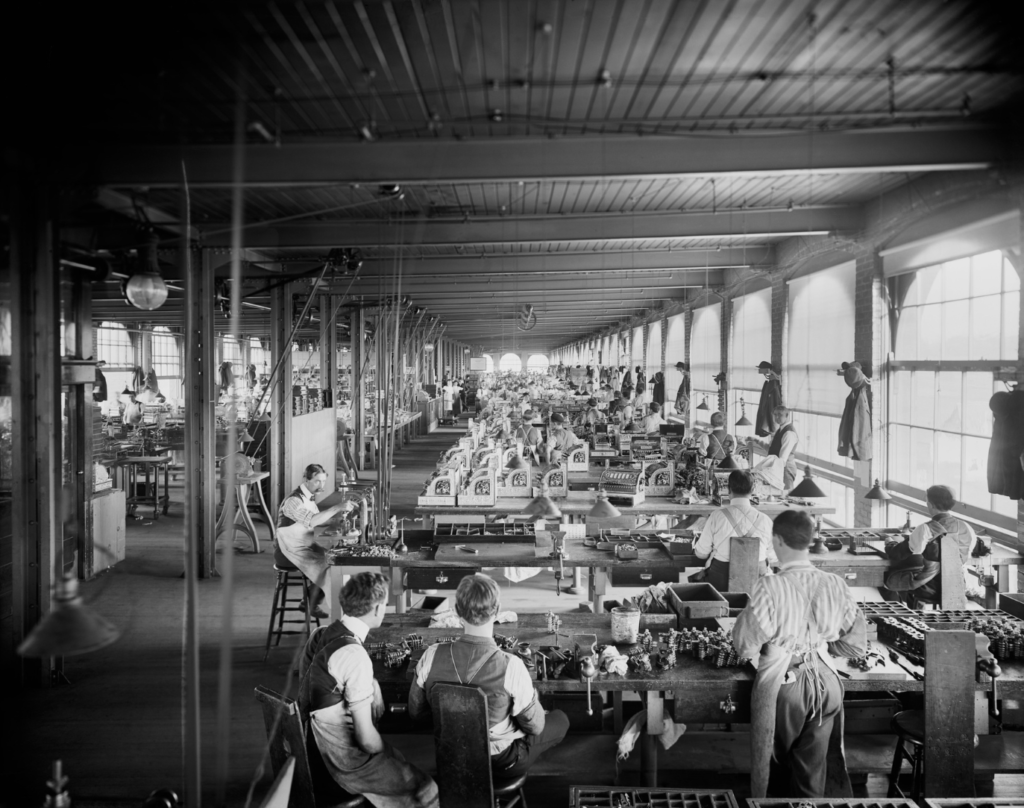Renovating historic buildings in Cleveland can be a fantastic way to breathe new life into these cherished structures. But there’s an important aspect to consider safety. Unlike modern buildings, these gems don’t come with the latest safety features. That’s where incorporating safety measures according to current building codes can make all the difference. Here’s the world of historic building renovation and the essential safety features you should include.

Inherent Challenges Renovating Historic Buildings
When it comes to renovating historic buildings, there are inherent challenges to consider, especially when the intended use of the building changes. Take old factories or warehouses in Cleveland, for example. These structures weren’t designed with safety as a priority, and their materials are often combustible. That means we need to take extra precautions to ensure the safety of future residents.
Installing modern safety features like fire sprinkler systems, smoke detectors, and fire-resistant materials can help mitigate the risk. It’s essential to strike a balance between preserving the historical integrity of the building and ensuring the safety of its occupants.
So, what safety features should be part of your historic building renovation project?
Historic Building Renovation: Essential Safety Features
The renovation of age-old buildings should include:
Passive Fire Protection
When renovating historic buildings in the city, it’s crucial to prioritize the safety of the structure and its occupants. One important safety feature to consider is passive fire protection. This includes using fire-resistant building materials and reinforcing elements in the building’s structure.
By using fire-resistant materials, such as fire-rated doors and fire-retardant coatings, the building becomes better prepared to withstand and control a potential fire. Strengthening the structure with fire-resistant steel or concrete can also help prevent the spread of fire, providing valuable time for occupants to safely evacuate.
Remember, a safe and well-protected historic building can continue to charm and inspire generations to come.
Active Fire Protection
Active fire protection safety measures can greatly reduce the risk of fire-related disasters and protect valuable architectural treasures. Fire alarms serve as early warning systems, alerting occupants, and emergency services immediately. Equally important are sprinkler and fire suppression systems, which can quickly extinguish flames or contain them until firefighters arrive.
By incorporating these active fire protection measures, the city can preserve its historic buildings while ensuring the safety of those who visit or work in them. It’s a win-win for both preservation and public safety.
Accessibility for Persons with Disabilities
Consider the accessibility needs of persons with disabilities. Including safety features that comply with the Americans with Disabilities Act (ADA) is a must. By ensuring entrances have ramps or elevators, individuals with mobility challenges can easily access the building. Installing handrails along staircases and properly lighting walkways is also important for their safety.
Furthermore, incorporating accessible restrooms with necessary accommodations, such as grab bars and wider doorways, allows everyone to use the facilities comfortably. By adhering to ADA guidelines, we can create a safe and inclusive space for all individuals in historic building renovations.
Emergency Lighting
Also, never overlook the emergency lighting when renovating historic buildings. You see, in case of a power outage, people must have a clear pathway to find their way out safely. That’s where emergency lighting comes in handy!
These lights, often labeled as “Exit” lights, are specially designed to work even when the power is out. They provide much-needed illumination, ensuring that everyone inside the building can easily spot the exit signs and make their way to safety.
So, if you’re planning a renovation, make sure to include emergency lighting as a top priority!
Safety is a top priority when you renovate a historic building in Cleveland. Upgrading features such as fire suppression systems, emergency exits, and structural reinforcement will help preserve both the historic character and the well-being of occupants.
